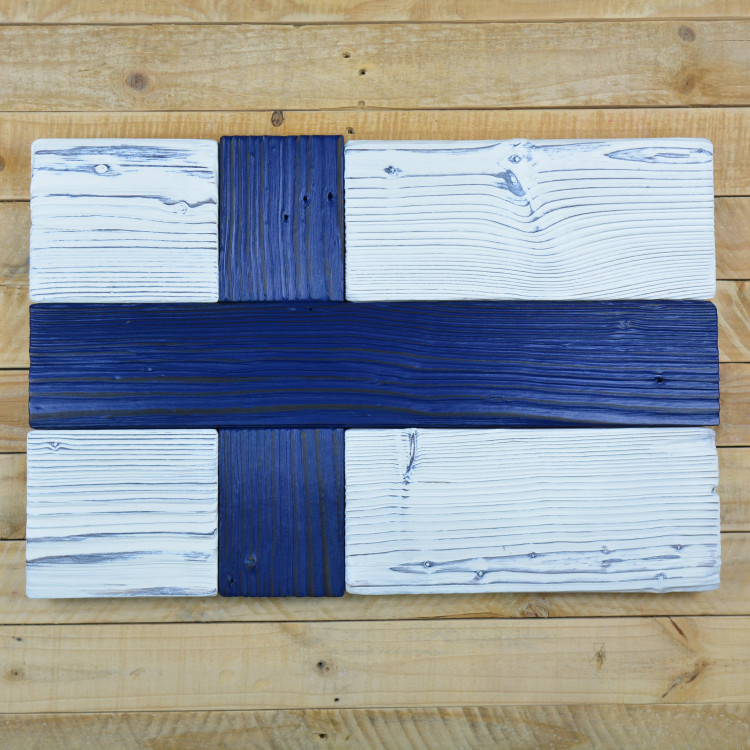









The handmade wooden flag of Finland uses the Shou Sugi Ban technique for a deep tan and is then brushed, giving each piece a unique look and wood grain. We offer a choice between old wood with distinctive signs of use and new material for a clean look. Each flag is then hand-painted, which enhances its authenticity and adds a unique dimension. These flags not only reflect national pride, but also bring a bit of nature and artistry to your space.
Every piece is original
Health-save and durable coating
Small family business
Data sheet
Specific References
16 other products in the same category: